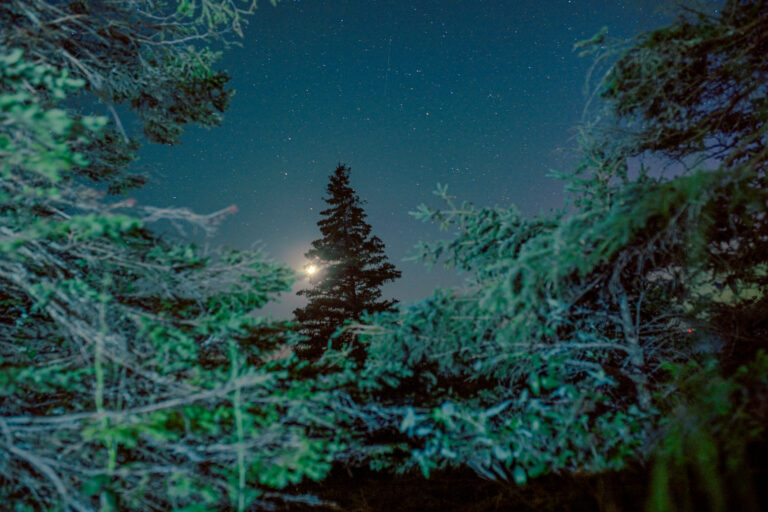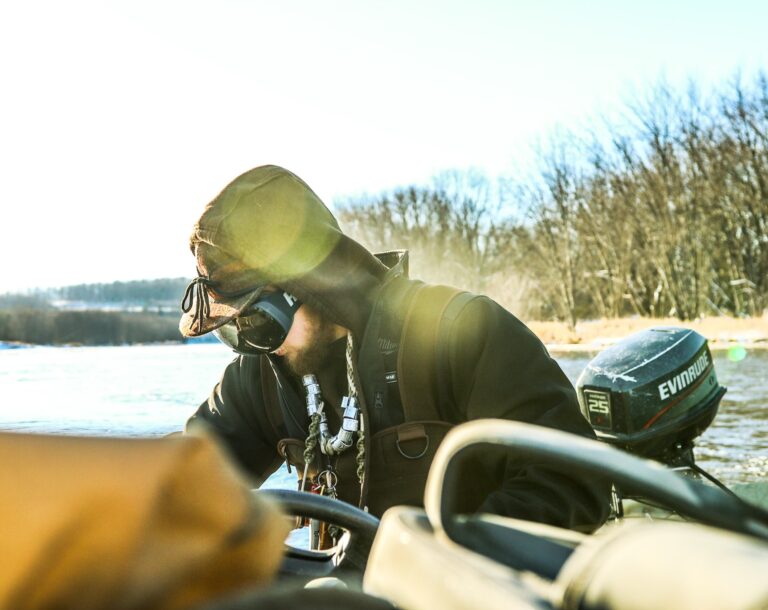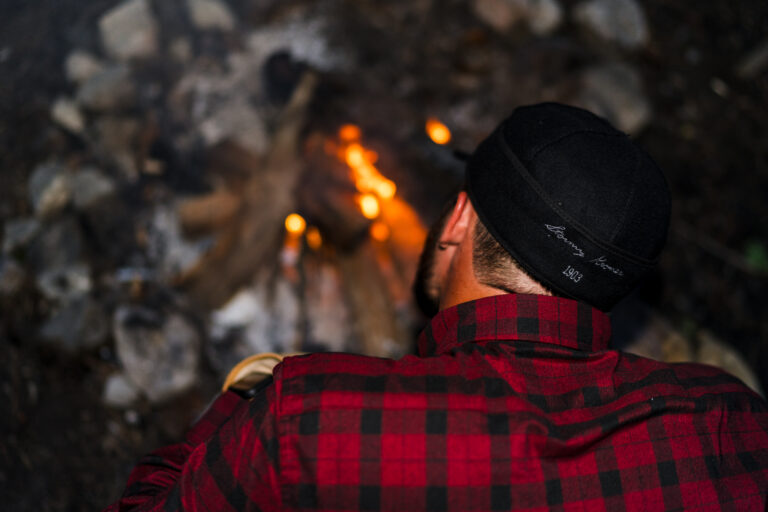The northern lights are an experience unlike any other. Sometimes you’re able to see them as beautiful ribbons of color dancing across the night sky. Other times it’s more subtle: a glowing hue illuminating the earth after nightfall. Some of us are lucky enough to get a front seat to the astronomical phenomenon more than once, just by chance, but the rest of us need to seek them out to truly experience their beauty.
What is the Aurora Borealis?
Better known by the name northern lights, the aurora borealis is one of several astronomical phenomena called polar lights (aurora polaris). Auroras happen when charged particles collide with gasses in Earth’s upper atmosphere, producing tiny flashes that fill the night sky. The colorful light appears to ‘dance’ across the night sky thanks to those billions of flashes happening in sequence.
Where Can You See Northern Lights?
As the name suggests, you are more likely to catch a glimpse of these ‘dancing’ lights the farther north you are. So, great places to see them include Alaska, Canada, and the Upper Peninsula. But you’ll also need to consider other factors, as well. The best places to see the aurora borealis have little to no light pollution and clear skies.
Best Times of Year to See the Aurora Borealis
Although the northern lights can occur at any time of the day, we can only see them when it’s dark out. And although the phenomenon can occur at any time of year, there are times when you are most likely to see it. Because of that, your best chance of seeing the aurora borealis is between October and April. The night sky is darker in the winter and there are fewer hours of daylight.
There are also fairly accurate ways to be able to forecast when the northern lights will be visible. NOAA’s Space Weather Prediction Center has an aurora forecast that can show you a short-term forecast of the location and intensity of the aurora.






